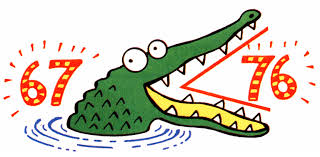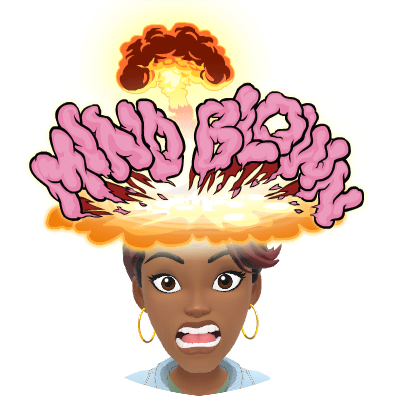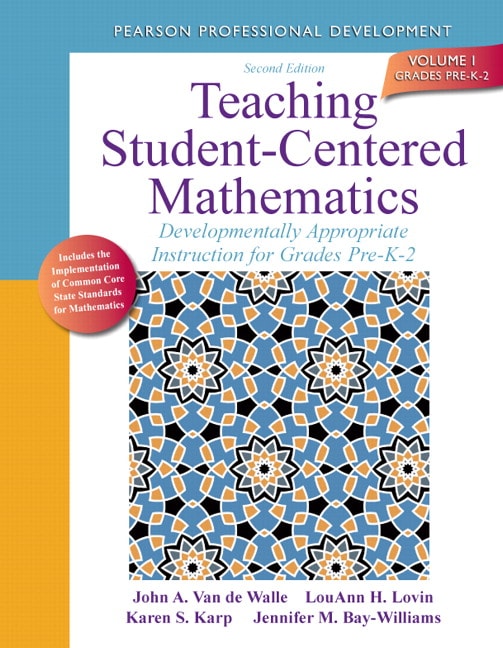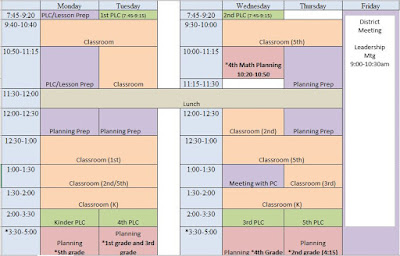 In my quest for sample Comparison Anchor Charts to add to our curriculum documents (you know that phrase, "work smarter, not harder"), I must admit I was overcome with sadness when I spent minutes scrolling Google images (and Pinterest) only to find alligator-themed posters over and over again. So I decided it would be my joy to support educators in embracing more sound practices that support the MATH for students.
In my quest for sample Comparison Anchor Charts to add to our curriculum documents (you know that phrase, "work smarter, not harder"), I must admit I was overcome with sadness when I spent minutes scrolling Google images (and Pinterest) only to find alligator-themed posters over and over again. So I decided it would be my joy to support educators in embracing more sound practices that support the MATH for students. Although I've never been a fan of the "alligator" comparison symbols (I was a connect-the dots girl- *see below); it doesn't matter...a trick is a trick. A trick is NOT math. So, over the years, I've invested in studying the mathematical research behind the concept of comparing numbers.
Although I've never been a fan of the "alligator" comparison symbols (I was a connect-the dots girl- *see below); it doesn't matter...a trick is a trick. A trick is NOT math. So, over the years, I've invested in studying the mathematical research behind the concept of comparing numbers.A 5th grader (quite proficient in math) approached me for help because she failed her STAAR test by 1 question. When I poured over her data/answer choices released by the state, I realized she only had minor mechanical/computational errors (chosen answer choices meant to highlight those misconceptions). But then I asked her to tell me the story that data DOESN'T often tell. Her response was,
"I just don't get which way the comparison symbols go when trying to indicate which decimal number is larger."
Stunned that a student who has been comparing since Kindergarten was about to enter Intermediate school with this misconception, I was compelled to be the one who changed "the game" for her! Quickly, I sketched an open number line on a scratch sheet of paper much like the one below- end arrows and all.
 |
| < (less than) (greater than) > |
I gave her two whole number and asked her to point out where they would go. Then I increased the value of those numbers by 100 and again by 10,000 until I finally asked her what did she notice about the smaller numbers and the larger numbers. To which she responded that numbers with smaller value lean more towards "this end" of the number line and larger numbers towards the other end. I shared with her that the arrows on those respective ends indicate the appropriate comparison symbols.
 So 3 < 4 because 4 contains the value of 3 (note to teachers: also called magnitude of numbers and hierarchical inclusion). But more cool than that is that the 3 is close to the "<" arrow. And likewise, 4 > 3 with 4 being closer to the ">" arrow; so essentially I can record both number sentences and be accurate in my statement. Her mind was BLOWN!
So 3 < 4 because 4 contains the value of 3 (note to teachers: also called magnitude of numbers and hierarchical inclusion). But more cool than that is that the 3 is close to the "<" arrow. And likewise, 4 > 3 with 4 being closer to the ">" arrow; so essentially I can record both number sentences and be accurate in my statement. Her mind was BLOWN!You see, the number line isn't a trick, it's a strategy that helps students understand the magnitude of a number in relation to another number.
So if a 5th grader who excelled in math, still misunderstood the comparison symbols is it safe to say that its possible somewhere along her math exploration journey, she learned the symbols (through some cute alligator-like, kid friendly method) or prematurely? Perhaps her exposure to the symbols was justified by the notion that she was "capable" of understanding or "ready" for it.
Can I submit to you, however, that a change is badly needed?
With that being said, I'd like to share grade appropriate anchor charts with each approach that include research based strategies and TEKS-aligned pedagogy. *Keep in mind anchor charts are built WITH your students, so these are pictorial BIG ideas to help guide your lesson approach so when its closure time and your students are brain dumping from their lessons and station exploration, the results should look similar to these pictures.
Kinder and 1st grade teachers: (Concrete) Provide your kiddos with a colossal number of opportunities to build two numbers (use (FUN) counters, linking cubes, ten frames, rekenreks, etc) and sentence stems to orally express which is greater and why. Don't forget to model sharing "which is fewer/less" as well.
 "..the word less proves to be more difficult for children than the word more. To help children with the concept of less, frequently pair it with more and make a conscious effort to as "Which is less?" as well as "Which is more" questions."
"..the word less proves to be more difficult for children than the word more. To help children with the concept of less, frequently pair it with more and make a conscious effort to as "Which is less?" as well as "Which is more" questions."~Teaching Student Centered Math K-2
(John Van DeWalle)
 |
| BOY Kinder (to 10) Day 1 example |
 |
| BOY Kinder (to 10) Day 2 example |
 |
| BOY Kinder (to 10) Day 3 example |
 |
| BOY Kinder (to 10) Day 4 example |
 |
| BOY Kinder (to 10) Day 5 example with both comparison statements paired |
1st and 2nd grade teachers: (Concrete/Pictorial) Provide your kiddos with an appropriate number of opportunities to build two numbers (use ten frames, beaded number lines, linking cubes, base ten blocks, etc) and sentence frames coupled with symbols to express which is greater and justify why using number lines.
 |
| *BOY 1st Grade Whole Numbers (to 20) |
 |
| 2nd Grade Whole Numbers (to 1,200) |
 |
| 3rd Grade Fractions (with like numerators) |
4th and 5th grade teachers: (Pictorial/Abstract) Your approach shouldn't differ much from 2nd and 3rd, but starting over with a concrete approach as you bring in decimal models (via money models, base ten blocks, grids, and number lines) as well as fraction models (towers and tiles) would be ideal.
 |
| 4th (and part of 5th) grade decimals |
 As one of my favorite bloggers and practitioners (Math Coach's Corner- Donna Boucher) would say, "There are no swamps (and thus no alligators) in Math!"
As one of my favorite bloggers and practitioners (Math Coach's Corner- Donna Boucher) would say, "There are no swamps (and thus no alligators) in Math!"Let's ensure our practices reflect the MATH rather than the TRICKS!
Nix the Tricks Free eBook: Download the book here


























